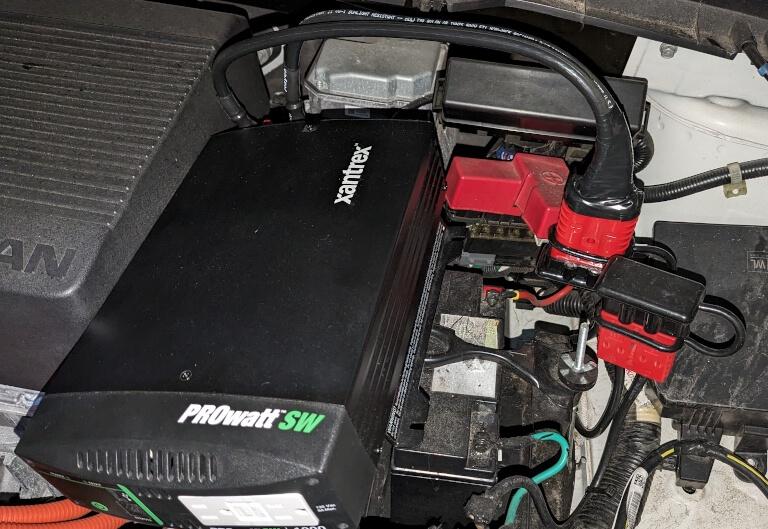Jerther
Well-known member
I'm more concerned with the behavior of square waves being fed into the inductive components of pretty much any modern electronic device (eg. their switching power supplies). Honestly I may be biased because I got really scared once when I fed square waves of low power into a transformer. Parts blew up. Inexpensive parts. No harm done. Lessons learned. But that was a really crude experiment without any filtering. But good quality power devices should be resilient as not all countries have clean, perfect sine wave AC anyways. Might be worth a try. But stay close 

Me neitherThat said, I am not offering my stuff to run the test

